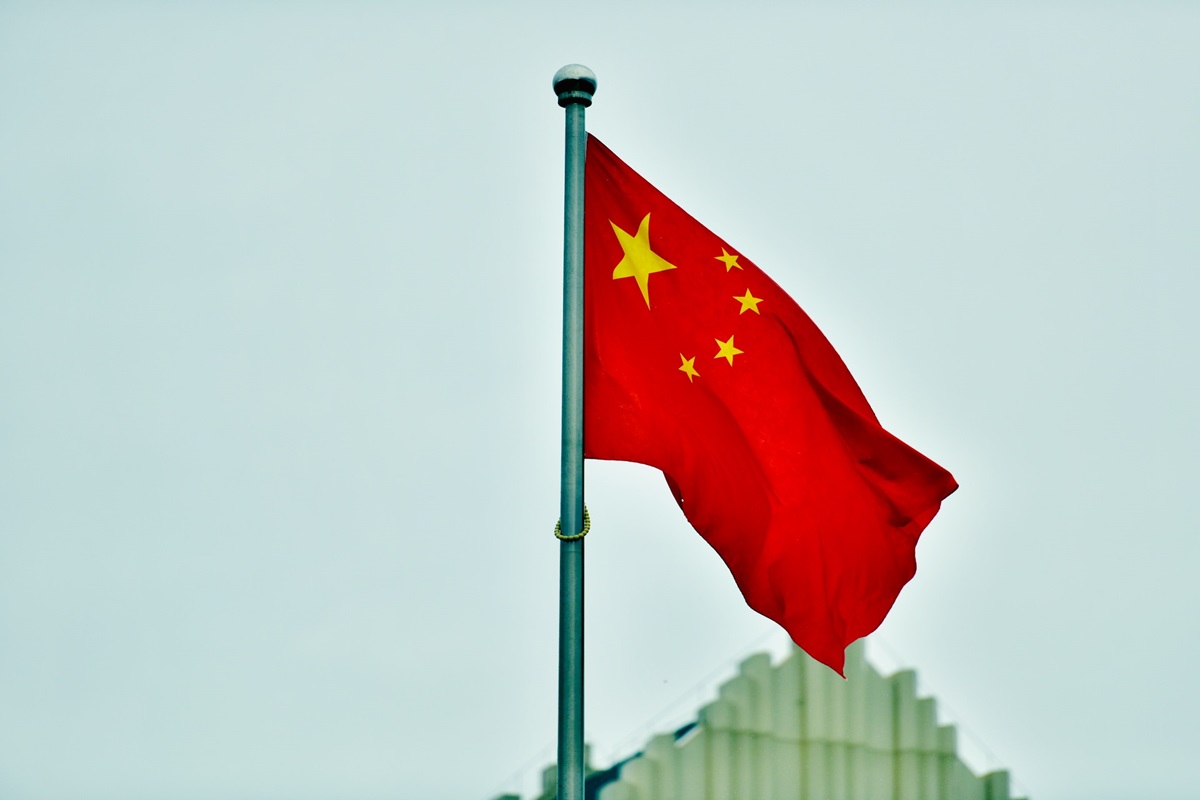In China, local financial authorities on Wednesday, December 20, decided to keep benchmark lending rates at a monthly level, which corresponds to preliminary market expectations and is a predictable action that does not go beyond the most likely scenarios.

Last week, the central bank of the mentioned Asian country kept the medium-term interest rate at the same level. Market watchers expect Beijing to implement a monetary easing strategy next year. In their opinion, the high probability of using this concept of action by the Chinese authorities is due to the need to provide support to the process of restoring the local economic system, which turned out to be very weak and did not justify more optimistic forecasts on this issue. Experts note that currently in the Asian country, the deflationary pressure factor provokes an increase in the real cost of borrowing.
The one-year loan prime rate (LPR) in China is currently 3.45%. This indicator for a five-year loan is 4.2%.
Most new and outstanding loans in the Chinese economy are based on the annual LPR rate. Since the beginning of this year, this indicator has been changed downward twice. In total, the annual LPR rate in 2023 was reduced by 20 basis points.
The five-year rate is a factor influencing the cost of mortgages. This indicator has been reduced by 10 basis points in the current year.
This week, the media conducted a survey of market observers about the prospects for changing the one-year and five-year LPR, which resulted in a lack of expectations of any new solutions.
Stable fixed rates were established after the People’s Bank of China kept its medium-term interest rate unchanged. The annual LPR is loosely linked to the rate of the medium-term lending mechanism.
Last week, the People’s Bank of China increased its liquidity injections with medium-term loans. The financial regulator has injected 800 billion yuan ($112.22 billion) of new funds into the Asian country’s banking system through a medium-term lending mechanism. This decision provided the largest monthly increase in the entire history of observations.
Serena Zhou, senior China economist at Mizuho Securities, said that the People’s Bank of China avoided lowering the mandatory reserve ratio in December and introduced net liquidity at a record high, but the company still expects a 20 basis point rate cut and a 50 basis point reduction in the specified ratio in 2024. She also predicts that the Asian country’s financial regulator will prioritize reducing deposit rates. In this context, the expert mentioned the tight interest margin for most Chinese banks.
There are also opinions among analysts that the decision-makers of the Asian country may need some time to fully assess the consequences of recent financial support and renewed efforts to revive the real estate sector, which is in a crisis situation.
Bob Savage, head of market strategy and analytics at BNY Mellon Capital Markets, says that the recent push to lower spreads, which allows commercial banks to charge less for new tier-one residential loans in Beijing and Shanghai, has not yet been fully felt and requires monitoring before a more aggressive reduction in the base rate.
The LPR, usually charged by financial institutions to their top clients, is set by 18 authorized commercial lenders who submit the proposed rates to the People’s Bank of China monthly.
As we have reported earlier, China’s Local Governments Support Troubled Banks.









